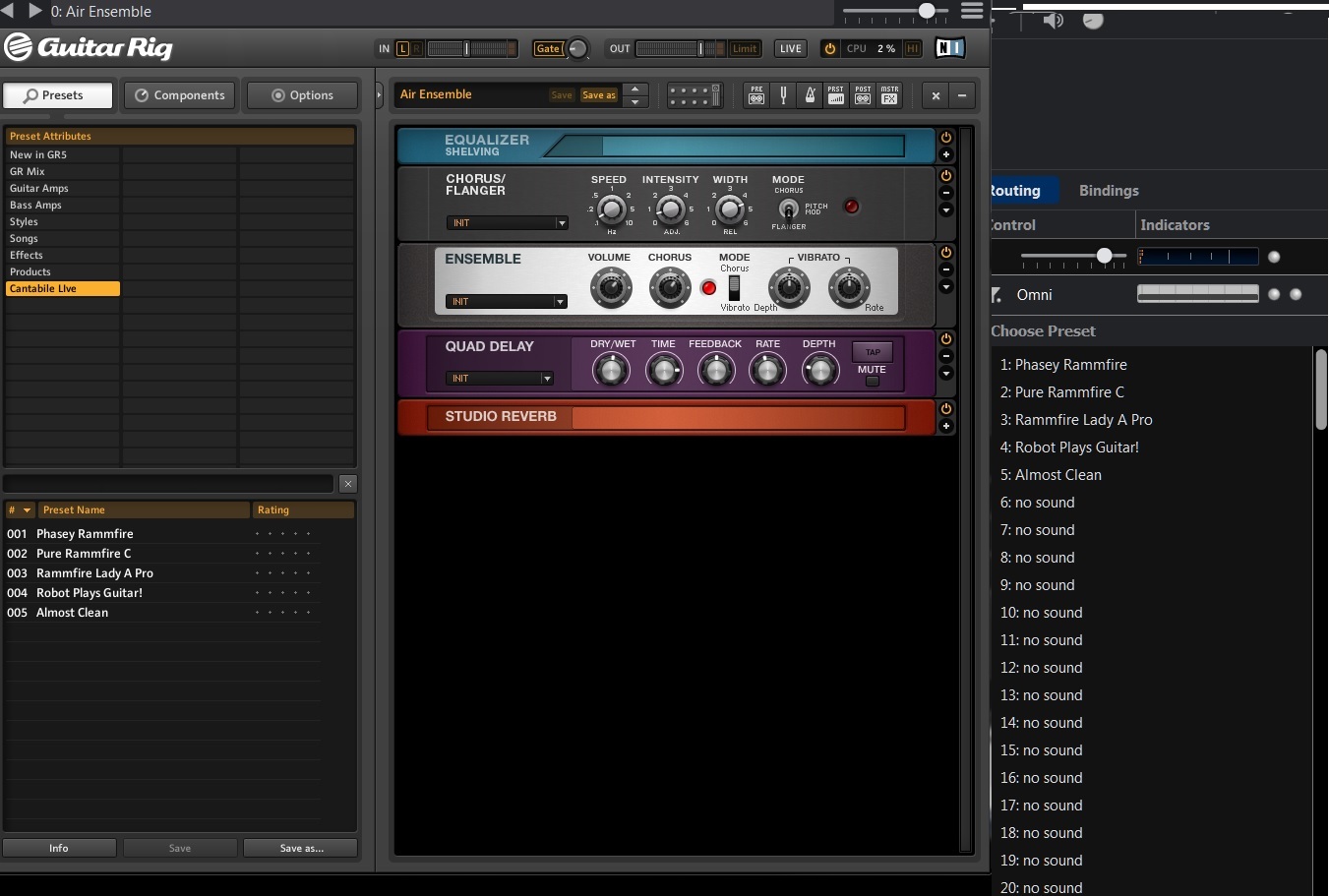

Just push 120Hz, 2kHz, and 6kHz up a little bit. If you put an EQ pedal right after your favorite overdrive, you can take those frequencies back. But they suck some of the very high and low frequencies because of their architecture. Overdrive pedals are really useful tools for adding some “dirt” to the tone. Don’t forget to use a noise gate.Ĥ – For retaining tone after drive pedals Lesser the bass going into the amplifier, djentier the tone. Just lower the frequencies gradually to the left starting from 800Hz. You can use an EQ pedal in front of your amplifier to get similar tones.

And if you have a low-tuned or 7/8/9 string guitar you’re probably trying to achieve tones of Periphery and/or Meshuggah 🤘🏻.įear not. If you’re a metalhead you may have heard the term “ DJENT”. You have a transparent booster pedal.ģ – For tight, djent, modern, low-tuned high gain tones Push the volume slider up (and don’t touch anything else) of your EQ pedal until you are satisfied with your high gain tone. OR you can use an EQ pedal in front of your amplifier.

If you have a low output guitar like a Stratocaster and you want to have some high gain tones, then you need a booster pedal or an overdrive pedal to boost your signal. If you need a vintage sounding amplifier while you have a modern one, then you do the opposite ↩︎ Bump up the mids, cut the low-mids and high-mids. Cut the mids (around 500Hz to 1000Hz) a few dBs. If you have a vintage sounding amplifier and you want to make it sound modern, you can use an EQ pedal right after the amplifier (in the FX- loop if you’re using a real-world amplifier). It can make a bad sounding amp to sound good, it can simulate the “radio effect”, it can manipulate some other effects to react differently. Equalizer ( EQ) pedals are maybe the most useful tools in a signal chain.


 0 kommentar(er)
0 kommentar(er)
